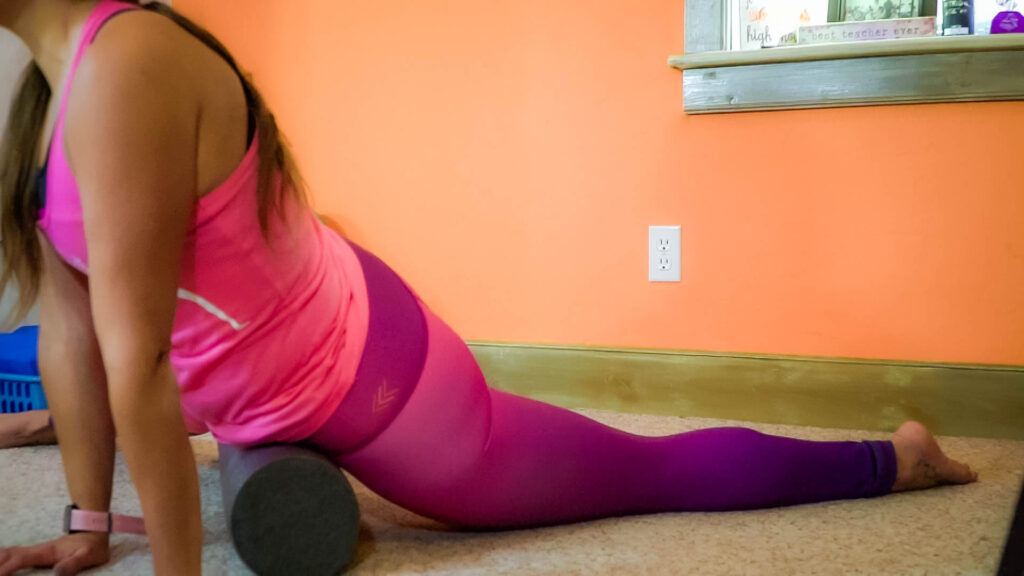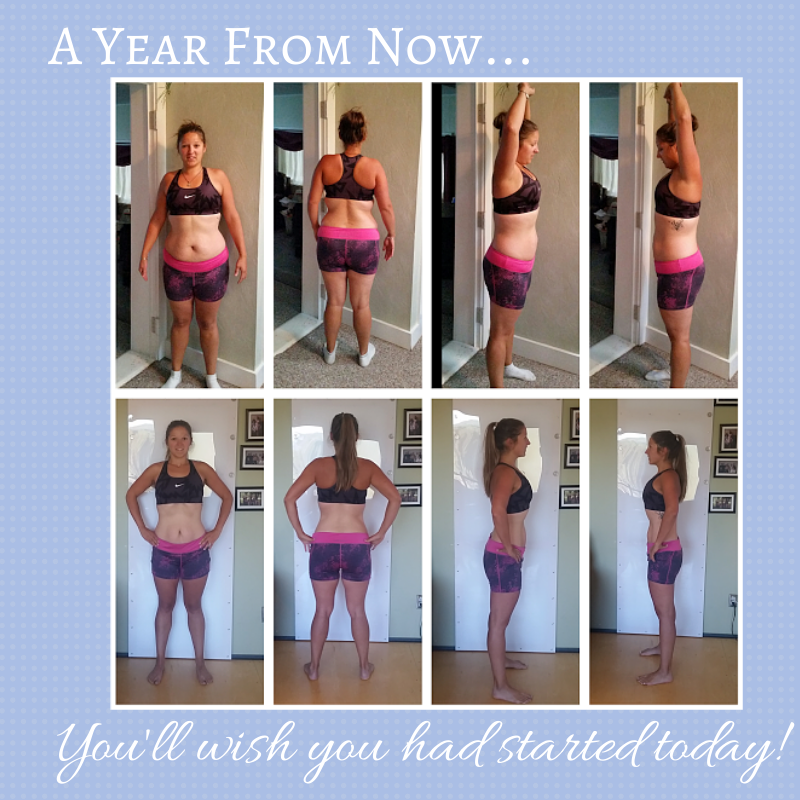Why micros matter even more! Or, do these even matter? Or, do they matter even more?
Let’s jump right in and talk about a topic you have seen all over my social media for the past two years: MACROS. You have heard me use the term macros and micro nutrients. You’ve heard me talk about the three types of macros. So, now, you’re going to be shocked to hear me say that paying attention to your macros doesn’t cut it. Paying attention to your macronutrients isn’t enough. If you want serious results, in your gut, in your body, in your energy, in your weight, in your lifestyle, in your sleep- counting and tracking your macros isn’t going to cut it. Macros aren’t enough. That’s the fast, hard truth. And, I talk more about this listed in the video at the end of the blog – be sure to read that far.
But, before we do get to the truth of the matter, let’s talk about what macros are. Macros is a short word that means “macronutrients.” They are the three main nutrient groups that make up the mass of your food. They are fats, proteins, carbohydrates. You hear of diets/plans every day that tell you to eat high fat, low carbs or other plans that tell you to eat high protein, high fats. But you mostly hear of plans that tell you to cut carbs to lose weight.

What you will NOT hear from these programs (mentioned above) is how to manage, how to balance your MACROS + MICROS in order to feel great and maintain weight and maintain body function for everyday living. Because most programs/plans are out there to sell you a weight loss program, they aren’t going to tell you the small details of getting your micros/macros lined up with each other to feel good above and beyond what the scale says.
Now, I know a lot of people ask what their “numbers” should be. How many proteins? How many carbs? How many fats? What should my percentages be? Or, questions come into my inbox about what the app, MyFitnessPal, suggests for them. Well, no two people are alike and numbers are like the scale: they’re only a tool. I am not going to give you specifics in those numbers here in this blog. Though, if you are looking for numbers, I would highly suggest my nutrition program for September. But… let’s skip that part and talk the truth about micros.
When I say that macros aren’t enough, I want to expand on your MICRO nutrients. As I said, macros are your carbs/fats/protein that make up your food in general. Micronutrients are the even smaller nutrients that make up your macros. So, within your micro nutrients (which make up your macros) is where you will get your vitamins and minerals. In the case of vitamins – we are talking about vitamin A/B/C/D and so on that are often found in your plant based foods. In the case of minerals, we are talking calcium, magnesium, phosphorus, selenium, potassium, zinc, iodine, iron and so forth. And, fun fact – water is a mineral as well, so we are also talking about the water volume/content of your foods.
The big question/confusion/concern that we have about macros and micros is this: do all macro nutrients contain the micro nutrients you need? The hard fast truth: NO. The expansion: the whole foods macros will contain micronutrients. Keep reading.

Let me expand. You can get your macronutrient food categories from any food you want. You can get your carbs from wine, chocolate, beer, soda, donuts, candy, protein bars, sugary oatmeal, and many other sources. You can get your proteins from protein bars, cheap protein powders, canned meats, dried meats such as jerky. You can get your fats from sugary nut butters, sugar coated almonds, coconut candies and many others. Will these junk forms of macro nutrients give you your micronutrients? The hard fast answer is NO. So, no, not all macro nutrients contain your micronutrients.
On the flip side, if you think WHOLE FOOD and think “farm, not factory” and you choose your macros wisely, they will give you the micro nutrients you need to keep your body running. In the case of whole foods that essentially come from a farm or field at one point, you could take in your carbs in the form of sweet potatoes, yams, beans, lentils, quinoa, rice, oats, barely, and many other plant based items that were once planted and harvested by a farmer. In the case of proteins, again, think farm not factory. Your proteins could come in the form of fish, poultry, meat, eggs, tofu, tempeh, or vegan forms or yogurts/creams. Again, these items were once grown and raised by a farmer, not a factory. In the forms of fat that comes from a farm, you have seeds, nuts, oils, olives, coconut, cheese, cream, whole milks, and many others. These are all MACRONUTRIENT items that will provide you a wide variety of MICRONUTRIENTS in your minerals and vitamins.
Even if you are not a fan of “farming” or “industrial farming” or raising animals for the sole purpose of being food – I still highly suggest that you consider if your food has come from a farm or factory in order to have thee highest quality, most micronutrient dense out there.
In the next couple of paragraphs, I am going to give you some farm versus factory examples:
Carbohydrates: Let’s compare beans, which are planted and harvested versus granola. Yes, both of these foods are your macronutrient group carbs. They are both going to give you the carbohydrates that you want to increase your “fuel.” They both yield about the same number of calories per serving. But, do they both yield the same micro nutrients? Are they both going to be the micros to give you the maintenance work your body needs to sustain function and remain full for a few hours? Let’s look at what nutrients are in each one. Beans: protein/carbs/iron/potassium. Granola: carbohydrates, possibly a small amount of protein along with a long list of ingredients, but not a whole lot of micronutrients. Not a whole lot of vitamins and minerals. And even if there is, is it the cleaner form or your micros? Your beans were once the item planted and harvested on a farm. Your granola was processed in a factory.
Proteins: Let’s compare a protein bar to a serving of eggs. A typical protein bar has about 130-150 calories. Two eggs is 140 calories. 140 calories in a bar versus 140 calories in your eggs – your macro protein is met in both amounts of that protein. But, are your MICROS met evenly? It is likely that yes, the protein bar is going to give you some micros, but are they the cleanest form you can get? And, are you getting fillers in addition? In eggs, you’re going to get more than just protein; eggs also contain healthy cholesterol, potassium, calcium and iron without packing in a ton of extra carbs and fillers. In your bars, you’re going to get extra junk carbs in what they add, you’re going to get fillers, fake colorings, fillers. Again, the bars have come from a factory, whereas eggs are a product of a farm.
Fats: Let’s compare peanuts to a cheap off brand peanut butter. In your serving of peanuts, you’re going to get about 160 calories, 2.4 grams of fiber, 4.6 grams of carbs, 14 grams of fat and some protein. In your typical off brand peanut butter, you will get 190 calories, less fiber, 8g carbs (twice as many as peanuts alone) and some protein. What you will also get in an off brand of peanut butter is a longer list of ingredients: sugars, molasses, vegetable oils. So again, you’re choosing the real food form that originated as a plant, from the ground instead of a jar that came out of the factory.

When it comes down to the nitty gritty of getting in your REAL foods, versus fake foods, it is about getting in REAL MACROS, REAL MICROS. It is about really working the small pieces of your body as a machine. Think of your body as a car. You are the mechanic. You have to do the dirty work to keep your machine, your car running. Now that we are on that analogy, let me talk about macros/micros.
If you want to just look at the big picture of Macros, filling your body with your allotted macronutrients is like filling your car with just gasoline and expecting your car to run for a decade and go on a road trip without ever checking any other details of the car/machine.
If you want to look at the more detailed picture of your micros, filling your body with your more specific MICROnutrients is like checking everything in your car: your fluids, oils, windshield wipers, brakes, engine, wheels, tires, and more. Checking your MICROS is like checking in on these small maintenance pieces that keep your gut, your energy, your hormones in check – all the things you need to have functioning all day.
Let’s talk further about this analogy. What happens to a car when you put in the wrong gas or the incorrect oils? Your car recognizes these items as foreign and doesn’t use them to function properly. Your body is the same.
When you decide to consume real macros and real micros, your body knows its job. The body’s job is to use, absorb, and excrete calories/nutrients. This simply means, your body will use the energy to get through the day feeling energized and focused. What your body doesn’t use, it will either absorb and retain, or excrete via bathroom visits.
The opposite happens when you decide to consume your macros through junk foods. When you make the cognitive decision to eat the processed junk, your body is taking in a ton of fillers that do nothing for our nutrient count. So now, instead of just using/absorbing/excreting these calories, your body is seeing these ingredients as “foreign objects” “dirty” – “toxins” much like a car would. Now, instead of using the calories right away, your body recognizes these objects and foreign, and quickly gets confused. Your body gets confused and reacts before it can use any of what you fed it. So, how will the body react? Well, it reacts in a variety of different uncomfortable ways: constipation, bloating, inflammation, stomach ache, headache, lethargy, or diarrhea. Majority of the women will end up with bloating and constipation – being backed up for days. ANd, why is this? All because we choose cognitively to eat fake foods as our macro/micro nutrients.
That being said – my next point is that women are very prone to being “backed up” due to the ingredients that our body cannot and does not recognize. Yet, we continue eating it out of “comfort.” The average female body is capable of holding and storing up to 8 undigested meals. That is how backed up we can get. Almost two days of undigested meals, sitting… in our gut, on our bones, in discomfort. These habits are creating chronic pressure, chronic pain on your body, on your gut, on your spine, on your skeleton structure. It’s so unhealthy on your organs and it is so unnatural to be so full of “filler food.” What eventually happens with these “fake macros” that are stuck in your body disguises itself as back pain. And, from your back and from your spinal cord, the entire body gets messed and just feels miserable. Again, it is disguised as chronic pain, but often starts in the cognitive decision so eat poorly and choose foods that are not contributing to your true micronutrient needs.
For more about COOKING / APPLYING the concepts of macro/micro nutrients in your kitchen, be sure to catch my COOKING WITH THE COACH video here, where I teach a short class on screen about how to apply these to real life. But also keep reading below the video.
Again, I reiterate – Macros Isn’t enough. When meal planning, meal prepping, cooking and choosing snacks – ask yourself: Do these macros also give me my micros. Can I make a meal from these? How can I use these micro/macro nutrients give me a meal? For further information macros, micros, meal planning and other nutrition consultations, be sure to check out the coach services Heather has listed for September and how to enroll in the Nail Down Your Nutrition workshop before August 28th. For all other services, visit the “2021 options.”








































